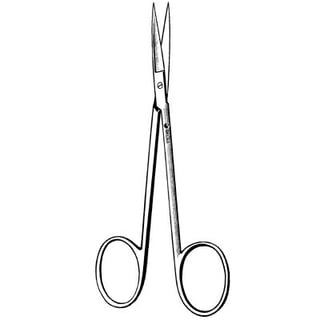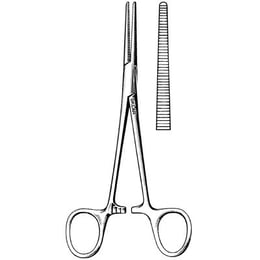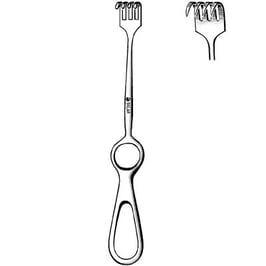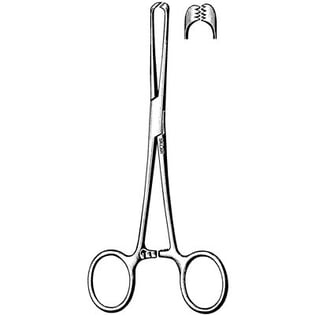
Surgical instruments are specially designed tools that assist health care professionals carry out specific actions during an operation. Most instruments crafted from the early 19th century on are made from durable stainless steel. Some are designed for general use, and others for specific procedures. There are many surgical instruments available for almost any specialization in medicine. There are precision instruments used in microsurgery, ophthalmology and otology. Most surgical instruments can be classified into these 4 basic types:

Cutting and Dissecting – These instruments usually have sharp edges or tips to cut through skin, tissue and suture material. Surgeons need to cut and dissect tissue to explore irregular growths and to remove dangerous or damaged tissue. These instruments have single or double razor-sharp edges or blades. Nurses and OR personnel need to be very careful to avoid injuries, and regularly inspect these instruments before using, for re-sharpening or replacement.1
Example shown: Iris Scissors

Clamping and Occluding – Are used in many surgical procedures for compressing blood vessels or hollow organs, to prevent their contents from leaking. Occlude means to close or shut. Therefore, these instruments are also used to control bleeding. They are either straight, curved or angled, and have a variety of inner jaw patterns. Hemostats and mosquito forceps are some examples of these types of instruments.2
Example shown: Crile Hemostatic Forceps

Retracting and Exposing – These surgical instruments are used to hold back, or retract organs and tissue so the surgeon has access to the operative area. They spread open the skin, ribs and other tissue; and are also used separate the edges of a surgical incision. Some retracting and exposing instruments are “self-retaining,” meaning they stay open on their own. Others manual styles need to be held open by hand.
Example shown: Volkman Retractor

Grasping and Holding – These instruments, as their name suggests, are used to grasp and hold tissue or blood vessels that may be in the way during a surgical procedure. Medical assistants must make sure these instruments are working correctly, and that their locking mechanisms are lubricated for easy opening and closing, particularly after cleaning and reprocessing. Forceps are a very good example of these types of instruments.
Example shown: Allis Tissue Forceps
In addition to these major categories, there are other narrow instrument classifications –such as viewing (specula, endoscopes), dilators/probes, suturing (needle holders), aspirating (suction tubes), and accessories (mallets, etc.).
Sklar offers a wide variety of high-quality surgical instruments, specially designed to meet all specialized surgical needs. You may download our FREE general catalog to browse through these and many other OR supplies by clicking the button below.
References:
1 Heller, Michelle. (2016). Clinical Medical Assisting: A professional, Field Smart Approach to the Workplace.
2 Surgical Instruments slideshare.
Top Image Source: Unsplash/rawpixel



